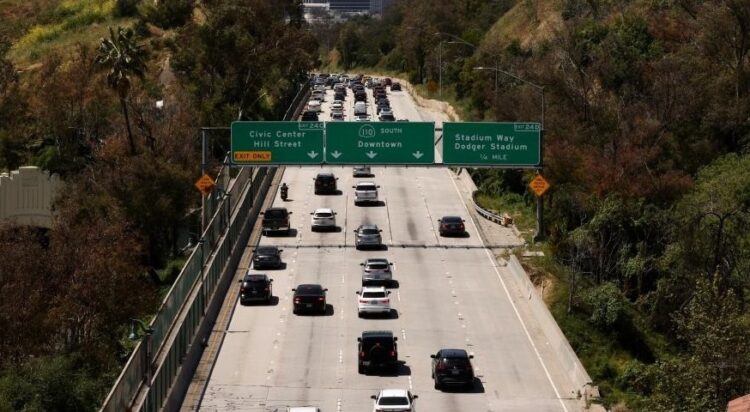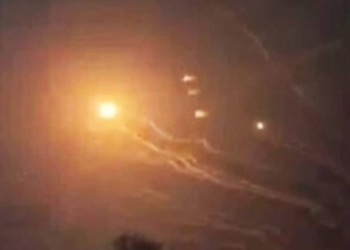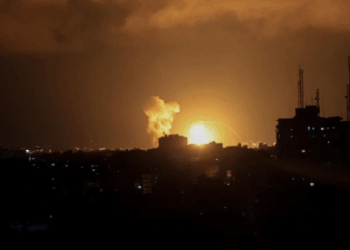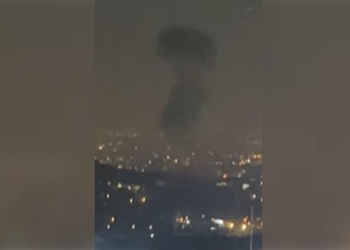Washington: Nearly 120 million people in the US, or more than one in three, live in areas with unhealthy air quality, and people of colour are disproportionately affected, according to a new report.
The “State of the Air” 2023 report, released on Wednesday by the American Lung Association, finds that after decades of progress on cleaning up sources of air pollution, about 119.6 million Americans still live in places with failing grades for unhealthy levels of ozone or particle pollution, reports Xinhua news agency.
Again this year, the researchers of the report found that the burden of living with unhealthy air is not shared equally, with people of colour 3.7 times more likely than white people to live in a county with three failing grades.
Although people of colour are 41 per cent of the overall US population, they are 54 per cent of the nearly 120 million people living in counties with at least one failing grade.
And in the counties with the worst air quality that get failing grades for all three pollution measures, 72 per cent of the 18 million residents affected are people of colour, compared to 28 per cent who are white, according to the report.
The report showed California is still home to a majority of the 10 most polluted US cities, both in terms of ozone and particle pollution.
Los Angeles remains the city with the worst ozone pollution in the nation, as it has for all but one of the 24 years tracked by the report.
California’s Bakersfield displaced Fresno as the metropolitan area with the worst short-term particle pollution, and Bakersfield continued in the most-polluted slot for year-round particle pollution, tied this year with Visalia.
The American Lung Association, the leading organisation working to save lives by improving lung health and preventing lung disease through education, advocacy and research in the US, has analyzed data since 2000 from official air quality monitors to compile the State of the Air report.
The report tracks and grades Americans’ exposure to unhealthy levels of short-term spikes in particle pollution, annual particle pollution and ground-level ozone air pollution over a three-year period.
The report this year covers 2019-2021.
(IANS)













